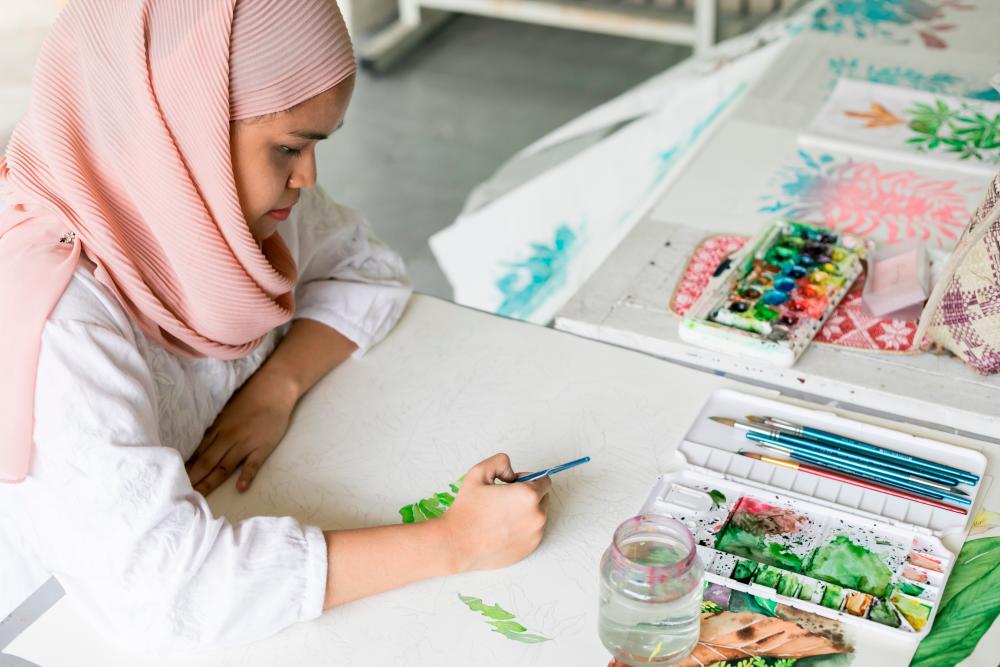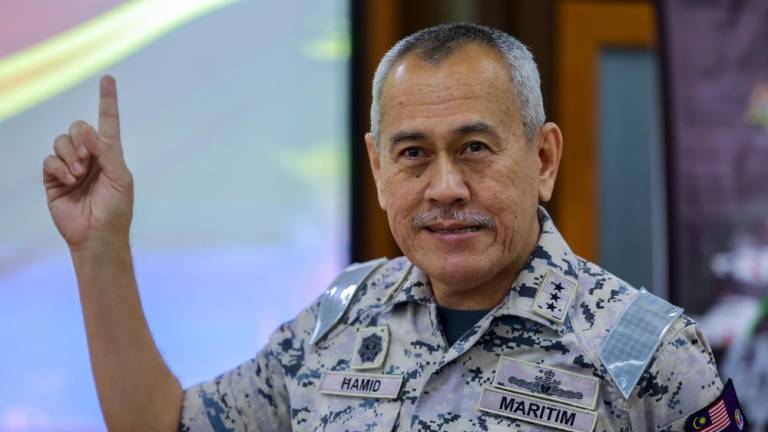AFTER leaving the rigid realm of corporate architecture, designer and visual artist Syarifah Nadhirah now runs Paperweight Studio, a small design company that she co-founded with a business partner.
“We do mostly graphic design and printing and also different research projects, like books and other digital projects,” Nadhirah told theSun.
Fascinated with botanical education since childhood, she eventually embarked on a one-year research project that gave birth to her self-published book Recalling Forgotten Tastes, published last year.
The book’s content, purpose and story behind it makes it a hidden gem.
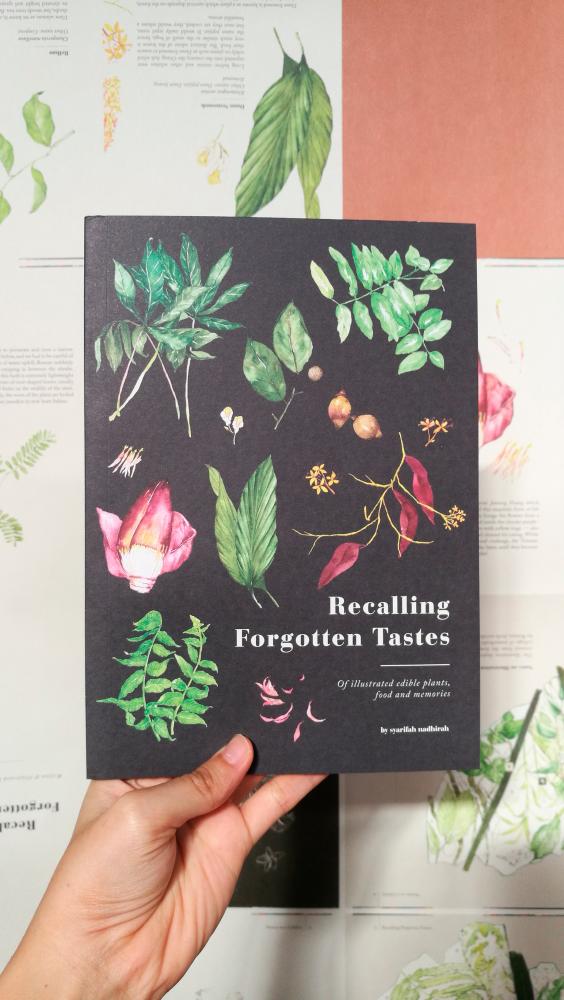
In between paperback covers
A compilation of illustrations and conversations, Recalling Forgotten Tastes is Nadhirah’s effort to document a series of edible and non-edible plants that play a big part in the lives of the orang asli community in Selangor and Negri Sembilan.
“The two main tribes that I interviewed were the Semai and Temuan people. They forage in the jungles for edible plants, while non-edible plants are used for medicinal purposes or are significant in their culture and beliefs,” she said.
The project began in 2018 when Nadhirah was seeking out resources on edible plants that were related to projects she was working on for her design company. This led her to Dr Rusaslina Idrus of Universiti Malaya, who had worked with the orang asli for years.
“She introduced me to her orang asli ‘foster family’. That was my first point of contact with them. Along the way, I met other indigenous friends like Shaq Koyok. They were really supportive of my research and they knew I wanted to compile a list of plants based on their indigenous knowledge”.
Nadhirah admitted that initially, she did not know how to deal with all the information she had.
“It was all over the place. However, going to an art residency in Rimbun Dahan helped me craft my work better”.
Nadhirah’s research process became more complicated when the country was hit by the Covid-19 pandemic.
“Due to the movement control order (MCO), it was quite hard to move about. When the MCO was lifted, I went back to the villages to cross-check information with the indigenous people,” she said.
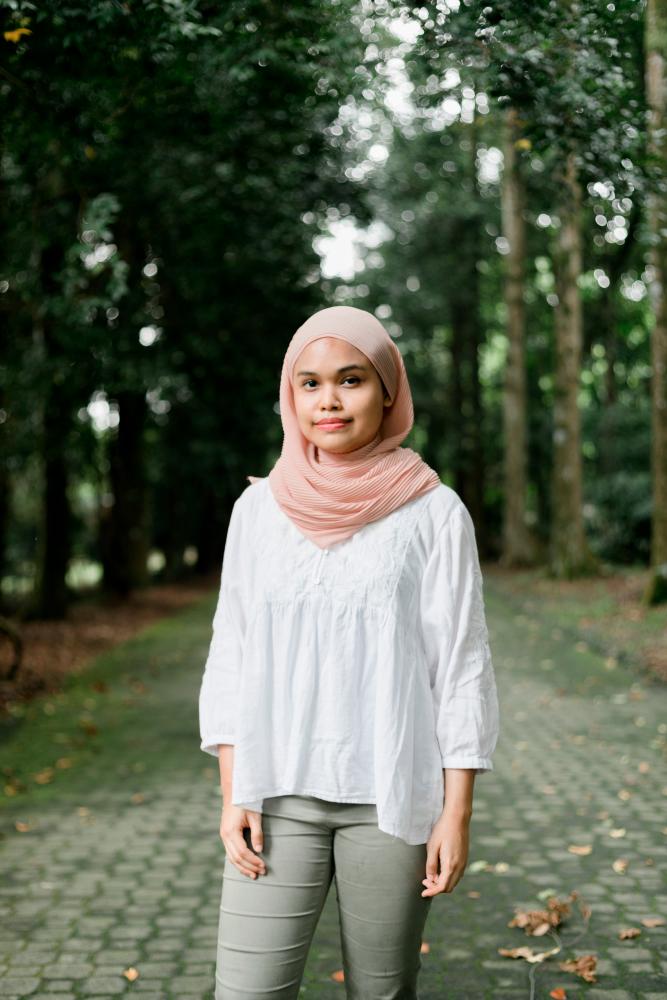
Picking her greens
After learning about the chosen plants, Nadhirah managed to come up with more than 50 illustrations.
The artist said the orang asli communites also highlighted the issue of plant poaching.
“I was told to exclude certain valuable species of plants from the book as some irresponsible parties, would exploit them for a profit if they knew where to find the plants.
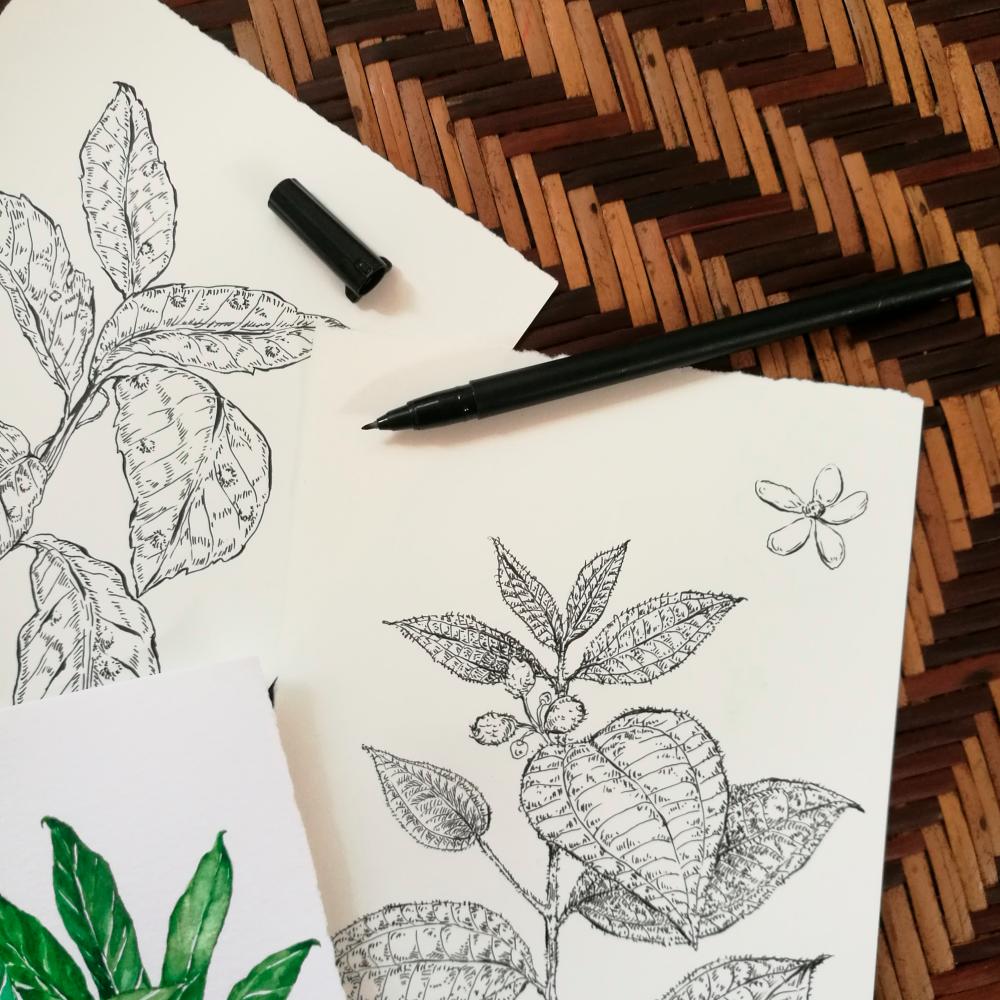
For the natives
“I really wanted to highlight the orang asli narrative throughout the book as each chapter is based on an individual’s personal take or knowledge of a plant,” she explained.
Nadhirah went to great lengths to ensure that the information in her book was not only faithful to the orang asli communities but was also scientifically accurate. She said she is grateful to her botanist friends from Universiti Malaya who helped her identify the plants and clarified the information.
“I did not expect people would be interested in plants and food,” she said, adding that some parents bought the book to teach their children about plants from an indigenous perspective.
“That is really special to me. That’s the whole idea – to educate people about plants as well as how to care for our jungles. It is also to understand the orang asli communities better.”
The book is available at selected bookstores.



